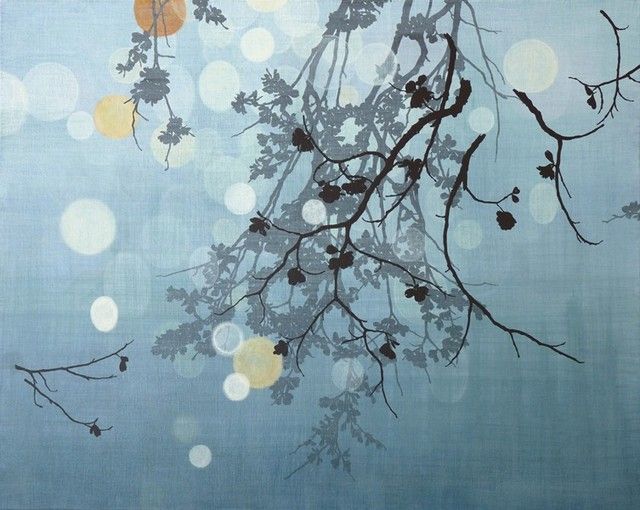Today is a day of sad remembrance for a wonderful friend who has just slipped away - Lillian Schaitberger, late of McIntosh County.
Rundle, my husband, and I met Lil, as she was affectionately called, through the local historical society, the Lower Altamaha Historical Society, soon after we moved to Georgia. She was the meticulous, dedicated treasurer of the society's funds, amongst many other virtues.
When Rundle was asked to spearhead an effort to get a replica of the 1721 blockhouse built at Fort King George Historical Site, in Darien, he accepted on one condition: that Lil Schaitberger be the treasurer of any fund-raising effort. She accepted... and the odyssey of the next two years of fund-raising meant that Lil became a very close friend and ally. Her dedication kept us all going. The funds were raised, the Georgia Department of Natural Resources kept their part of the bargain and the replica blockhouse was built according to the original blue prints drawn up in the early 18th century by John Barnwell. The dedication and opening of the Fort at Fort King George in autumn 1988 meant that Lil Schaitberger, Rundle Cook and many others could heave a sigh of relief.
Lil did much more, however, for her two British friends, in terms of dedication. I had written the draft of a book, "Fort King George: Step One to Statehood", potentially to help with the fund-raising. I had put it away in a drawer, until the Mills B. Lane Foundation generously underwrote its publication in 1990. When the pallets of books were delivered, it was to Lil's garage that they had to go for storage – she was doing far more than being treasurer for the venture. I was desperate to free up her garage and eventually "sold" the books to the Georgia Department of Natural Resources. With those monies, I was able to pay for the first of the replica cannon that are now fired out across the marshes to help recreate for today's visitors what life was like during the brief existence of the Fort in the 18th century. I requested that the cannon be dedicated to Howard J. Morrison, Jr. whose grant, through the Mills B. Lane Foundation, had been the seed money that validated the original fund-drive to build the blockhouse. Lil could at last park her car again in her garage!
Her wonderful friendship and dedication allowed another venture to succeed. In 1992, for the Quincentennial, under the aegis of a number of historical societies and universities, the book, seminar, video and relevant map, "Columbus and the Land of Ayllón" became reality in Darien, Georgia. This huge venture, which eventually spanned a number of years, sought to highlight Lucas Vázquez de Ayllón's ill-fated 1526 settlement, San Miguel de Gualdape, possibly in or near Sapelo Sound, McIntosh County. Lil was again my treasurer for this complex, Hydra-headed endeavour and without her hard work and dedication, it would have been infinitely more complicated. After the Carl Vinson Institute of Government at the University of Georgia requested to take over the Ayllón project so that it could be taught in Georgia schools, I accepted with alacrity, mainly because I could thus stop imposing on Lil's kindness and patience.
Lil was active in many, many other ventures in the County. Her courage and dedication were always a source of great admiration for us, and her sense of humour a joy. She epitomised the American "can do" attitude; her achievements, large and small, leave the County infinitely richer. Most of all, she was a true-blue friend to us.














